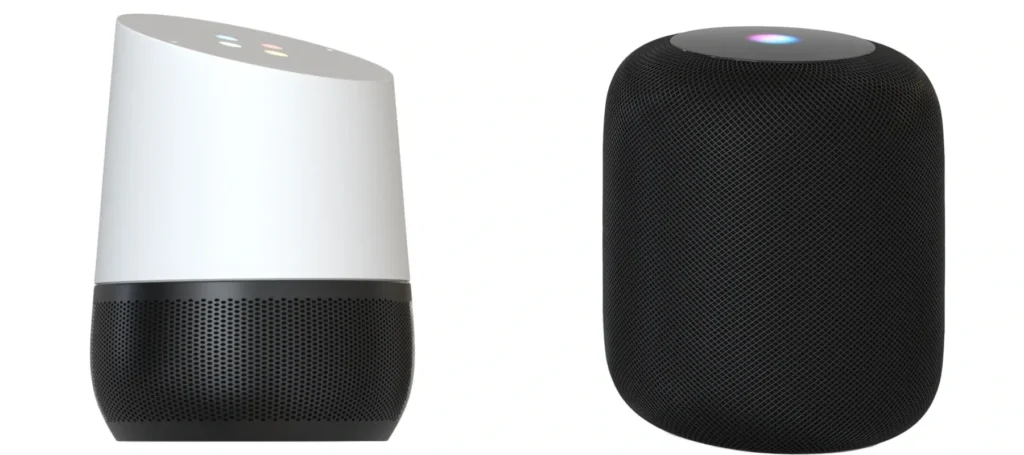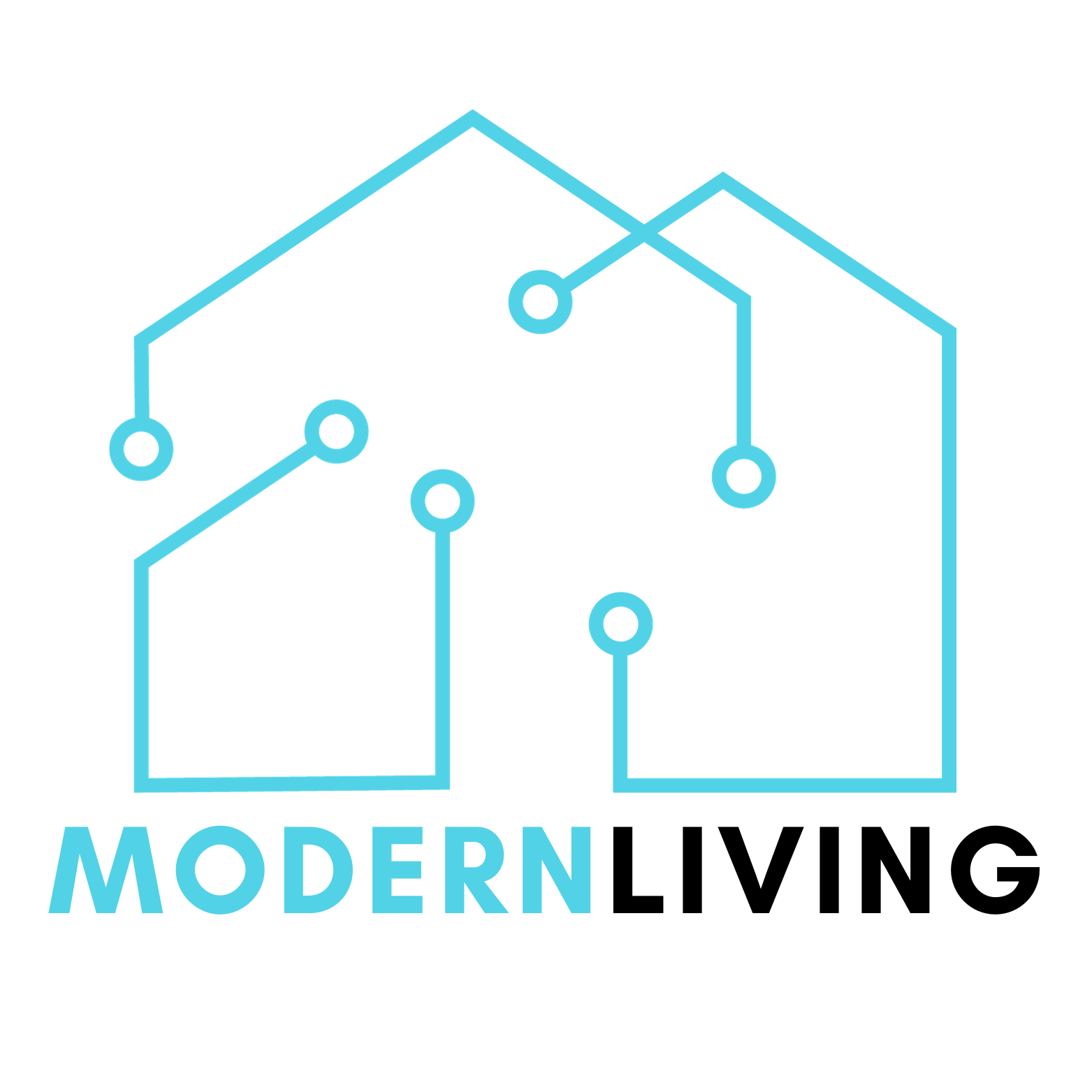As a homeowner, I’m always looking for ways to make my life easier and more efficient. One of the most significant advancements in recent years has been the rise of smart home technology. With smart home devices, I can control everything from my lights to my thermostat with just a few taps on my phone. Two of the most popular smart home platforms are Google Home vs Apple HomeKit, both of which offer a range of features and benefits.
Google Home and Apple HomeKit are both designed to make your life easier by automating your home. However, they approach this task in different ways. Google Home is powered by Google Assistant, a voice-activated assistant that can answer questions, play music, and control your smart home devices. Apple HomeKit, on the other hand, is tightly regulated by Apple, which allows it to offer a more secure and reliable system.
If you’re trying to decide between Google Home and Apple HomeKit, there are several factors to consider. Both platforms offer a range of features and benefits, so it’s important to think about what’s most important to you. Whether you’re looking for a voice-activated assistant or a more secure platform, there’s a smart home system out there that’s right for you.
▶️ YOUR FAVORITE MUSIC AND CONTENT – Play music, audiobooks, and podcasts from Amazon Music, Apple Music, Spotify and others or via Bluetooth throughout your home.
▶️ ALEXA IS HAPPY TO HELP – Ask Alexa for weather updates and to set hands-free timers, get answers to your questions and even hear jokes. Need a few extra minutes in the morning? Just tap your Echo Dot to snooze your alarm.
▶️ KEEP YOUR HOME COMFORTABLE – Control compatible smart home devices with your voice and routines triggered by built-in motion or indoor temperature sensors
Overview of Google Home and Apple Home
I have always been fascinated by the endless possibilities that smart home technology offers. Google Home and Apple Home are two of the most popular smart home systems in the market today. Both of these systems have their own unique features and capabilities that set them apart from each other. In this section, I will provide an overview of Google Home and Apple Home and highlight some of their key features.
Google Home is a voice-activated speaker that uses Google Assistant to help you control your smart home devices. It is compatible with a wide range of smart home devices and can be used to control everything from smart lights to smart thermostats. One of the key advantages of Google Home is its ability to understand natural language commands. This means that you can use more conversational language when giving commands to your Google Home device.
On the other hand, Apple Home is a smart home system that is built into Apple’s ecosystem. It uses Apple’s HomeKit platform to help you control your smart home devices. Apple Home is compatible with a wide range of smart home devices, and it can be used to control everything from smart lights to smart locks. One of the key advantages of Apple Home is its tight integration with Apple’s ecosystem. This means that you can use Siri to control your smart home devices using your iPhone, iPad, or Apple Watch.
When it comes to Google Home vs Apple Home, there are several factors to consider. Google Home is known for its natural language processing capabilities, while Apple Home is known for its tight integration with Apple’s ecosystem. Both systems have their own unique advantages and disadvantages, and the choice ultimately depends on your personal preferences and needs.
Features Comparison
When it comes to smart home technology, Google Home and Apple HomeKit are two of the most popular platforms available. Both offer a range of features and capabilities that can help you control your home’s devices with ease. But which one is better? Let’s take a closer look at the features of each platform to find out.
Smart Home Integration
One of the most important features of any smart home platform is its ability to integrate with other devices. Google Home and Apple HomeKit both offer impressive integration capabilities, allowing you to connect a wide range of devices to your smart home ecosystem.
Google Home is compatible with a variety of smart home devices, including lights, thermostats, and security cameras. It also supports a number of popular smart home platforms, such as Philips Hue, Nest, and Samsung SmartThings.
Apple HomeKit, on the other hand, is designed to work seamlessly with Apple devices. It offers support for a wide range of smart home devices, including lights, locks, and thermostats. However, it may not be as compatible with third-party devices as Google Home.
Voice Assistant Capabilities
Both Google Home and Apple HomeKit offer powerful voice assistant capabilities, allowing you to control your smart home devices with simple voice commands. Google Home uses the Google Assistant, while Apple HomeKit uses Siri.
Google Assistant is known for its natural language processing capabilities, allowing you to ask complex questions and receive accurate responses. It also offers support for a wide range of third-party services, such as Spotify and Netflix.
Siri, on the other hand, is known for its integration with Apple devices. It can be used to control a wide range of smart home devices, as well as perform tasks such as sending messages and making phone calls.
Music and Entertainment

If you’re a music lover, you’ll want to choose a smart home platform that offers robust music and entertainment capabilities. Both Google Home and Apple HomeKit offer support for a wide range of music services, including Spotify, Pandora, and Apple Music.
Google Home also offers support for Chromecast, allowing you to stream music and video content to your TV. Apple HomeKit, on the other hand, offers support for AirPlay, allowing you to stream music and video content to your Apple TV.
In conclusion, both Google Home and Apple HomeKit offer a range of impressive features and capabilities. When choosing between the two, it’s important to consider your specific needs and preferences. Whether you’re looking for easy integration with third-party devices, powerful voice assistant capabilities, or robust music and entertainment features, both platforms have something to offer.
Ease of Use
When it comes to smart home platforms, ease of use is a crucial factor to consider. After all, you don’t want to be fumbling around with confusing menus or struggling to connect your devices. So, how do Google Home and Apple HomeKit stack up against each other in terms of ease of use?
In my experience, both platforms are fairly intuitive and easy to use. However, there are some key differences to keep in mind.
First off, Google Home is designed to work seamlessly with other Google products, such as Chromecast and Google Nest devices. If you’re already using these products, you’ll likely find that Google Home is a breeze to set up and use.
On the other hand, Apple HomeKit is tightly integrated with iOS devices, such as iPhones and iPads. If you’re an Apple user, you’ll appreciate the seamless integration between your devices and your smart home.
In terms of voice commands, both platforms are fairly responsive and accurate. However, I have found that Google Home tends to be a bit better at understanding natural language commands. For example, you can say “Hey Google, turn off the lights in the living room” and it will understand what you mean. With Apple HomeKit, you may need to be a bit more specific with your commands.
Overall, I would say that both Google Home and Apple HomeKit are fairly easy to use, but they do have their own strengths and weaknesses. If you’re already heavily invested in the Google or Apple ecosystem, you’ll likely find that the corresponding platform is the easiest to use. However, if you’re starting from scratch, it’s worth considering which platform aligns best with your needs and preferences.
Privacy and Security

Privacy and security are two of the most important factors to consider when choosing a smart home system. As someone who values my privacy, I wanted to compare Apple HomeKit and Google Home to see which one is more secure.
Apple has always been known for its focus on privacy, and HomeKit is no exception. HomeKit uses end-to-end encryption to ensure that all communication between devices is secure. This means that even if someone were to intercept the communication, they would not be able to read the data.
Google Home, on the other hand, does not use end-to-end encryption for all communication. While Google does use encryption for some communication, such as between the Google Home device and the Google Assistant servers, other communication, such as between the Google Home device and smart home devices, may not be encrypted.
In addition to encryption, Apple HomeKit also requires all smart home devices to be certified by Apple before they can be used with HomeKit. This certification process ensures that the devices meet Apple’s security and privacy standards.
Google Home does not have a certification process for smart home devices, which means that some devices may not meet Google’s security and privacy standards. This could potentially put your data at risk.
Overall, while both Apple HomeKit and Google Home take privacy and security seriously, Apple’s focus on end-to-end encryption and device certification make it the more secure option in my opinion.
Pricing and Value for Money

When it comes to smart home assistants, pricing and value for money are important considerations. In this section, I will compare the pricing and value for money of Google Home and Apple Home.
Google Home offers a range of devices at different price points, making it accessible to a wide range of consumers. The Google Nest Mini, for example, is one of the most affordable smart speakers on the market, retailing at around $49.99. On the other hand, the Google Nest Hub Max is a more expensive option, retailing at around $229.99. However, it comes with a larger screen and more advanced features, making it a good value for money for those who want a more feature-rich smart home assistant.
Apple Home, on the other hand, is known for its premium pricing. The HomePod Mini, for example, retails at around $99, which is more expensive than the Google Nest Mini. However, Apple Home offers a range of advanced features that are not available on Google Home, such as the ability to use Siri to control your smart home devices.
In terms of value for money, both Google Home and Apple Home offer a range of features and functionality that are designed to make your life easier and more convenient. However, the pricing of Apple Home devices may be a barrier for some consumers who are looking for a more affordable smart home assistant.
Overall, when it comes to pricing and value for money, Google Home is a more affordable option, while Apple Home is a more premium option with advanced features. It ultimately depends on your budget and the features you are looking for in a smart home assistant.
FAQ
Which assistant is better Google or Apple?
Both Google Assistant and Apple Siri have their strengths and weaknesses, but Google Assistant is generally considered to be better due to its more robust natural language processing, wider range of features, and superior integration with other Google services.
Can you use Google Home and Apple home at the same time?
Yes, you can use Google Home and Apple HomeKit together, but they are two different smart home ecosystems. While Google Home doesn’t work with Apple’s HomeKit framework, it does work with many HomeKit-enabled accessories. Some users have reported success using a third-party hub to bring Google Home devices into HomeKit.
Which smart home system is best with iPhone?
Apple’s HomeKit is the best smart home system for iPhone users. HomeKit is a user-friendly system for assembling a reliable and secure DIY smart home. With a couple of HomeKit-compatible devices and an iPhone or iPad to control them, users can easily manage their smart home devices from one central location.
If you liked this blog article about the topic: Google Home vs Apple Home, don’t forget to leave us a comment down below to tell us about your experience.
If you already have smart home devices and are having a technical problem, feel free to check out our troubleshot articles.






